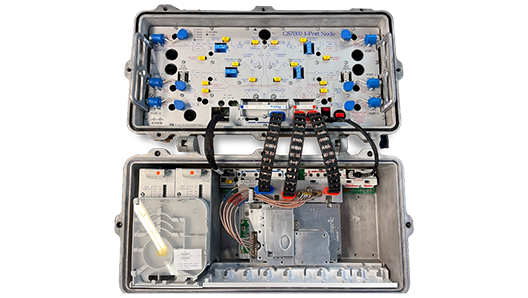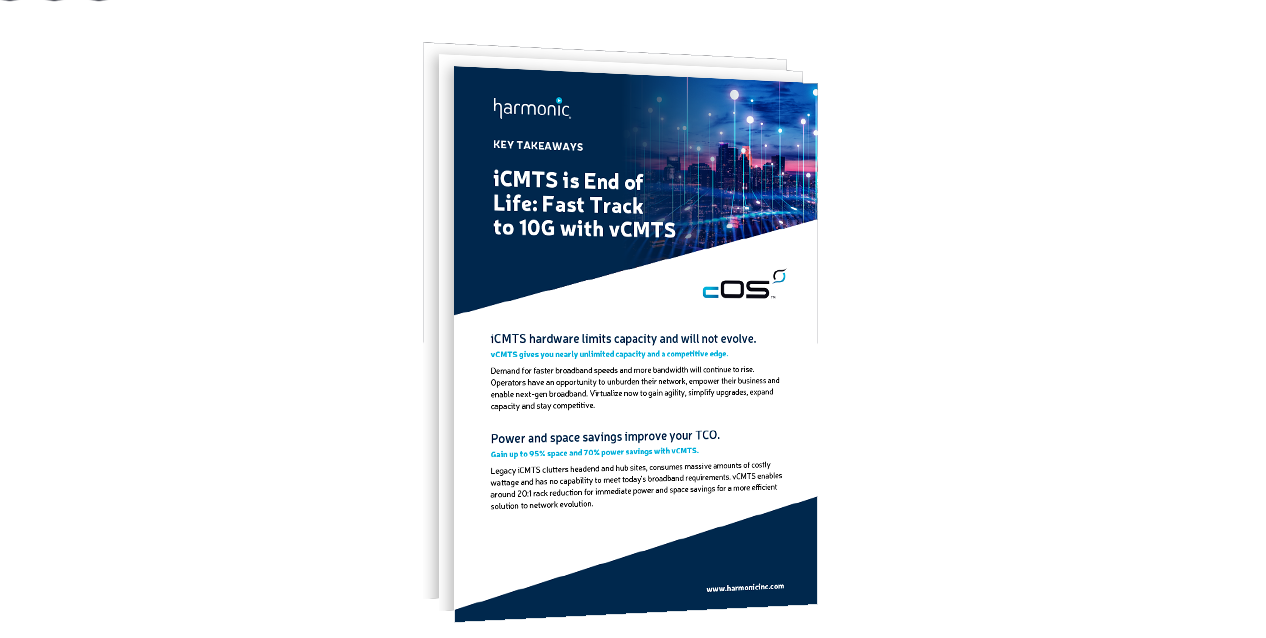Telecom operators have historically had two tools available to them to connect broadband and video services to subscribers: fiber and copper. The most common approach to broadband delivery involves the use of a digital subscriber line access multiplexer (DSLAM) that connects the DSL network to the subscriber over a digital fiber link, with twisted-pair copper, or local copper loops, covering the last mile to the subscribers’ premises.
This architecture is commonly deployed, but has a key drawback: the copper loop distance between the DSLAM and subscriber severely limits DSL speeds, which typically ranges from less than 1 Mbps to 25 Mbps. With new technologies these speeds are increasing, but are still constrained by loop distances that diminish throughput the further away the customer is from the DSLAM: anything over 200 meters can result in excessive data slowing.
In recent years, FTTH—an architecture in which the last mile of copper is replaced with fiber—has emerged as a technologically advanced alternative to DSL. Where available, FTTH offers the highest broadband speeds by eliminating the distance limitations of copper. However, the labor and infrastructure cost of deploying FTTH has generally confined its penetration to newly built homes. The challenge is even greater for subscribers in buildings without fiber wiring, as is common in MDUs.
Running fiber to individual units in an existing apartment complex is not only expensive—it’s also extremely disruptive to the occupants. Harmonic now offers an alternative for delivering high-speed, triple-play services to MDUs: the Harmonic NSG™ Exo distributed CCAP system.
Compact and cost-effective, NSG Exo is a part of Harmonic’s distributed access architecture (DAA) solution, which allows providers of data, video and voice services to use their existing digital fiber networks to overcome the bandwidth limitations of DSL and to avoid the upgrade costs of pulling fiber to individual subscribers. With NSG Exo, the coax infrastructure provides far greater maximum bandwidth to subscribers—up to a gigabit today, and up to 10 gigabit in the near future.
To learn more about this topic, view our NSG Exo Application Note.







